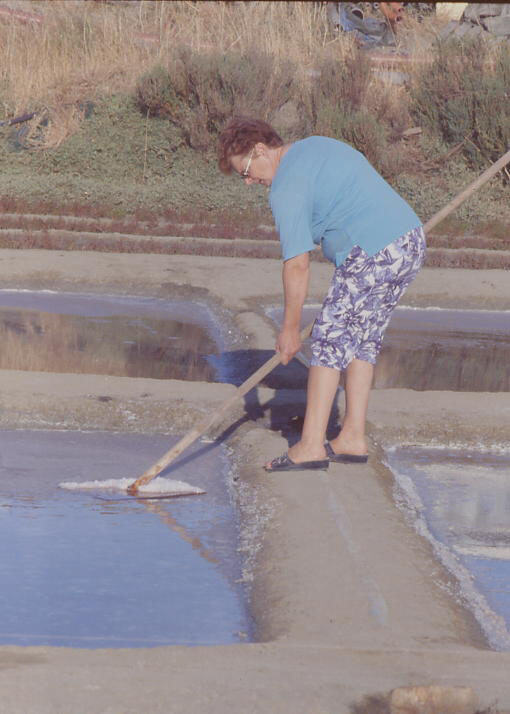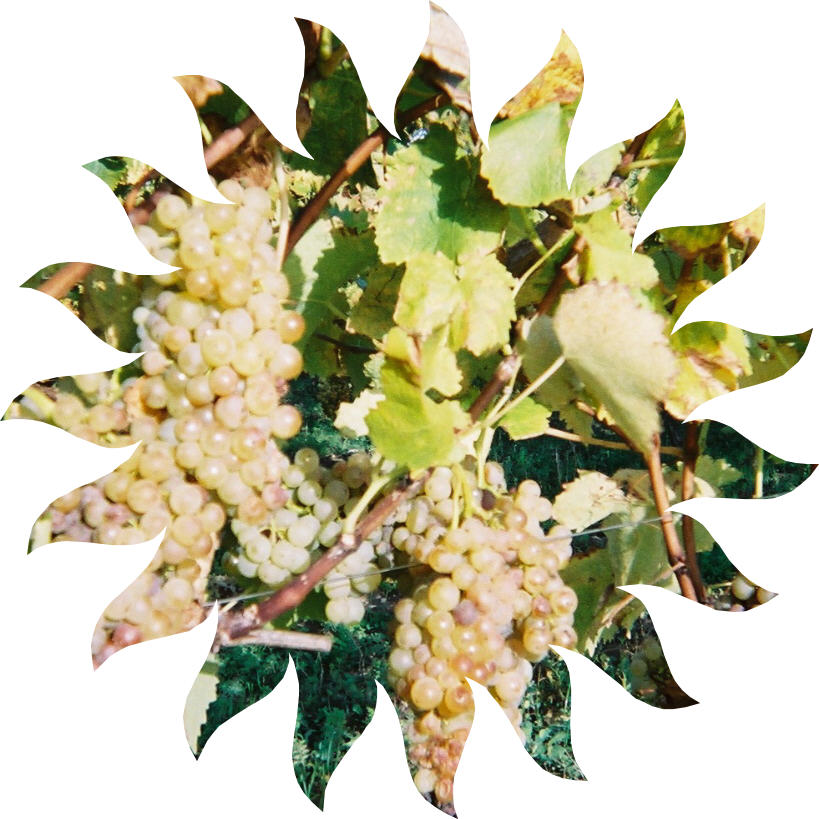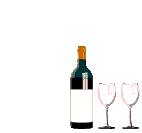
Collecting |

salt flower |
The harvest of salt is an ancestral craft industry in the island. The preliminary work of the squares is done manually. Water saléé, is brought sea by the caneaux ones in one vasais where it takes care with 27g/l of salt. Then it arrives in the squares after the controlled opening of the vertocs. The made level, the sun takes care of the evaporation of water until 280g/l. The cristalisation, in sodium clorure, appears. The collecting is painful and requires a great dexterity. The small critaux ones of salt flower are recovered on the surface and the deicing salt on the bottom. The deicing salt is stored on the "bumps" then transported with copérative which takes care of the sale. The salt flower is conditionnéé and sold in packing various. |

